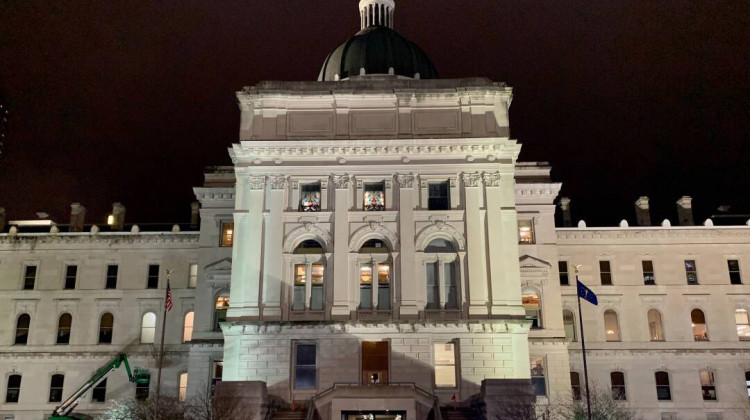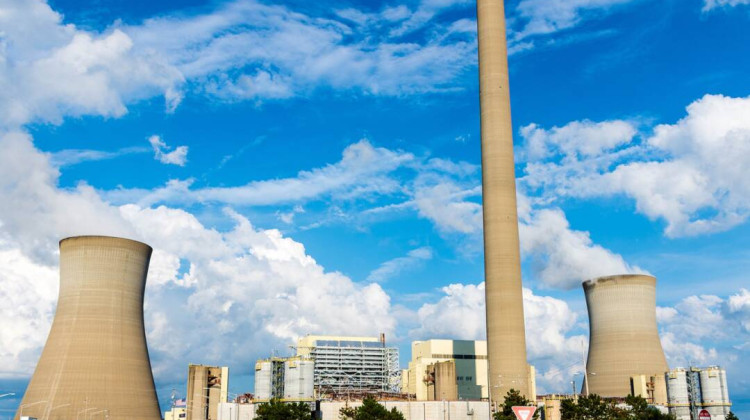
The BLS estimates only 63.6 percent of Indiana's working-age population was participating in the labor force in May.
Adam Yahya Rayes/IPB NewsIndiana's unemployment rate remained stagnant in May, continuing a months-long streak. But that and the other consistent employment numbers released Friday may not reflect current and future labor market conditions.
The data are preliminary estimates from the Bureau of Labor Statistics that may be adjusted a month later.
Indiana's unemployment rate is still at a near-historic low of 3.1 percent. The state’s unemployment rate has remained around 3 percent for over a year, with some minor (and mostly statistically insignificant) bumps up and down.
The total number of people employed for the state is also at a 10-year high again, beating the last record-breaking employment total – which was set by the month before, April.
Most major Indiana industries saw year-over-year growth in employment, though manufacturing may be starting to see losses. The estimated percent change for manufacturing between April 2022 and April 2023 was negative .02 percent, those year-over-year losses grew marginally in May 2023 to negative .04 percent.
The last time that sector in Indiana experienced any estimated losses in employment was March 2021. While the estimated losses in April and May 2023 are minor, estimates showed year-over-year growth of at least 2 percent for all of 2022. Some months had closer to 4 percent growth.
In legally-required notices of upcoming layoffs, Manufacturers that have laid off workers in Indiana this year gave reasons like "market conditions outside of the company's control." U.S. Steel in Gary, for example, cited reduced demand and import issues as it began laying off almost 250 workers in February – and the company said it may have to shed more if the market doesn’t improve.
Economists and officials have worried that a recession could hit the U.S. due to a strained supply chain and the Federal Reserve hiking up interest rates in order to reduce inflation. They predict such a recession would spike unemployment, particularly in manufacturing.
But manufacturing workers’ losses in Indiana have not been too severe – yet – and the larger labor market remains strong. So it's unclear whether that predicted downturn will come or if the same patterns will continue.
The information industry, which includes broadcasters, librarians and computer programers, has been the only major industry group to consistently see losses in Indiana, going back to 2022. Though the estimated year-over-year loss was smaller in May than past months with 1.9 percent fewer workers compared to the year prior.
The industry numbers do vary in parts of the state. In the Elkhart metro area, for example, manufacturing has seen a year-over-year loss in total employment for the last six months. And those losses grow with each new estimate, hitting negative 9.3 percent in May. Total employment was also down in that region for all private, non-farm jobs compared to last year.
Despite that, the statewide estimates still suggest workers were in demand through May. Like April, the BLS estimates only 63.6 percent of Indiana’s working-age population was participating in the labor force. Indiana’s peak labor participation rate over the last decade was only two points higher, at about 65 percent. But that difference could be significant in terms of the state’s ability to meet employers’ needs, experts say.
9(MDAyMzk1MzA4MDE2MjY3OTY1MjM5ZDJjYQ000))
 DONATE
DONATE








 Support WFYI. We can't do it without you.
Support WFYI. We can't do it without you.